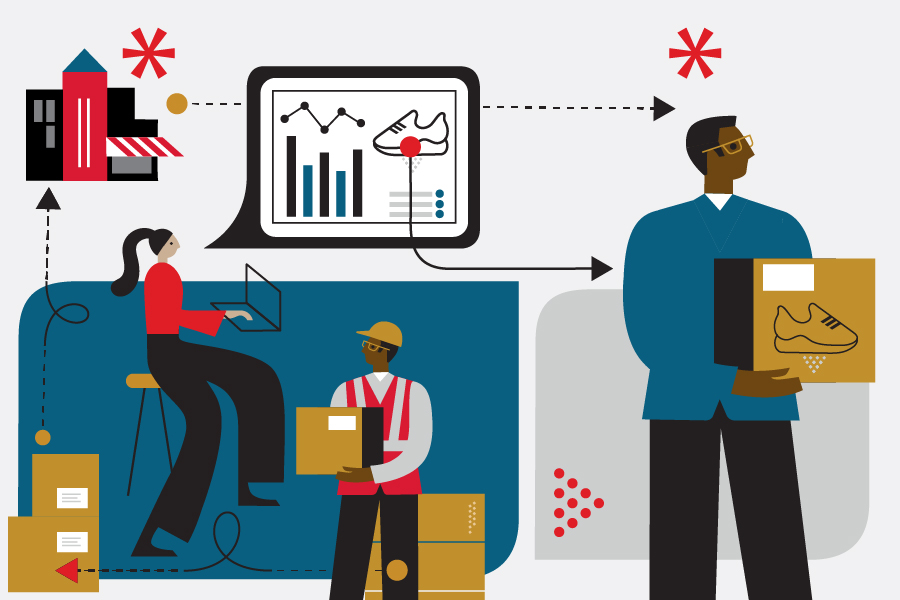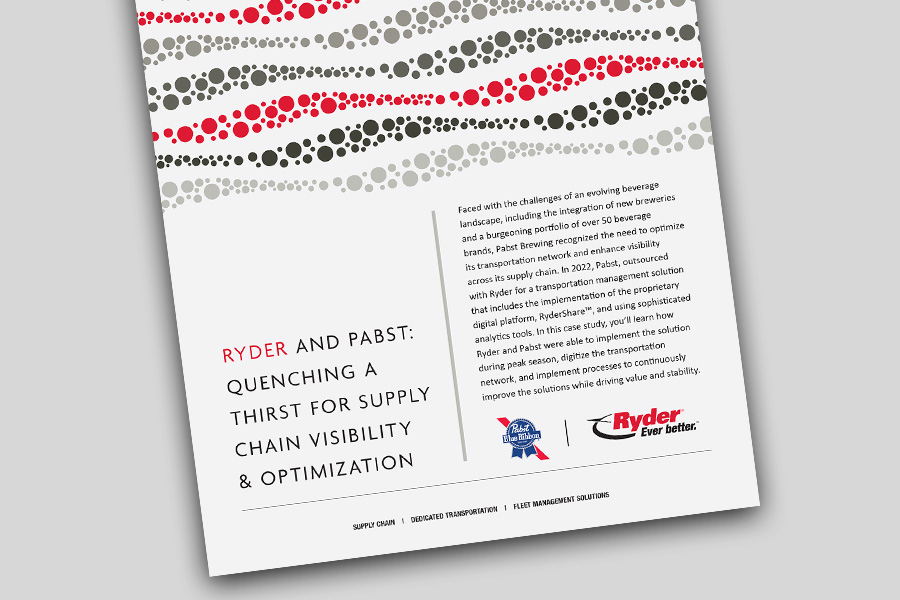Planning for the future is vital for any retail business. You must have a strategy for providing the products your customers want as quickly as possible. If you don't have the right items, or shipping takes too long, consumers won’t shop with you.
The strain retail fulfillment puts on supply chains is most evident in the holiday lead-up. You'll likely see a significant order uptick as you approach peak season, and learning from last holiday season is vital to preparing for the next one.
When you experience supply chain management problems, review what happened and where you can improve. Examining successes is also essential because it helps planning what will work in the future.
Customer expectations remain high; they want affordable shipping, seamless ordering, flawless customer service, and quick returns. Start getting your ducks in a row well before peak season arrives to meet increased demand. Here are some tips for learning from last season to create effective e-commerce fulfillment for the upcoming year.
Fulfillment and Logistics
Consumers start holiday shopping earlier than ever, which has altered peak shipping season. Businesses with an online presence begin peak season in August, which runs through October before hitting a lull. E-commerce then takes off again in November because of Black Friday and Cyber Monday deals before slowing as December progresses.
One reason for this shift is consumers knowing how much shipping slows in December. Therefore, they order products earlier to ensure they arrive before Christmas.
Consumers know Black Friday deals are coming, so they avoid purchases in late October and early November. Some retailers are starting their Black Friday deals earlier in November, which could create another shift in consumer behavior.
Because peak season starts earlier, retailers must stock earlier to prepare for consumer spending. Any delays along your supply chain could lose customers, especially since there's so much e-commerce competition.
Effective supply chain management involves checking inventory levels early to plan for the rush ahead. You'll also need to accurately forecast your most popular SKUs to focus on products people plan to buy during the upcoming peak season.
Many retailers are reassessing their warehouse strategy to react to this consumer behavior shift. Renting additional warehouse space makes products promptly available without waiting for suppliers. Warehouse and distribution rental rates hit historic highs in 2022. They've leveled off a bit, and 2024's growth rate could be below 2023's rate. Further softening could occur, but that remains to be seen.
Holiday Shipping Strategy
Creating a holiday shipping strategy to maximize peak season. You'll likely incur additional expenses during this time, so adjusting to the surcharges and their impact on your business is vital.
Retail and e-commerce fulfillment surcharges are dynamic. Carriers will increase their charges as they get busier, so businesses sustain additional expenses. You could also see service disruptions if you don't plan ahead. Diversify your shipping strategy during the busiest time of the year.
For example, if you typically use a single carrier to ship your products and that company has a slowdown due to staffing or a system-wide outage, all of your shipments could be delayed. However, if you use multiple carriers, you won't be hit as hard by this slowdown.
Businesses increasingly rely on regional parcel carriers to assist with last-mile delivery and increase their overall bandwidth. Focusing on new ways to deliver products quickly will improve your e-commerce reputation.
Return Management
Returns are part of running a business. Some customers are hesitant to order online because returning an item that isn't wrong, defective, or doesn't fit is a hassle. Removing this barrier can drive e-commerce growth.
However, peak-season returns present a hassle. Carriers are busy, so returning and processing products returned to warehouses creates additional work. Having website return-management tools can streamline the process, automating some work and creating easier customer experiences.
Implement curbside returns if you have a local storefront. This ensures customers don't have to wait in line and removes a sales barrier.
Digital Storefront
E-commerce is a massive part of retailing. According to Moody's Analytics, e-commerce generated 15.6% of all retail sales in 2023’s third quarter, excluding foodservice, and nonstore retail sales increased by 8% from 2022.
Providing customers with seamless online shopping is vital because so many consumers do their holiday shopping online. Focus on your website and ensure it gives customers the support they need.
Your website should be fast enough to immediately take your customers where they want to go. When visitors have to wait for a page to load, they're far more likely to head elsewhere. Google reports that bounce rates increase by 32% if page load times increase from one second to three seconds, so optimize your site speed.
You need an easy-to-navigate checkout area. Customers want to input their data and complete purchases within minutes. They won’t waste time figuring out how to pay for an item. Clearly indicate your shipping options and rates on the checkout page, giving customers multiple delivery choices.
The process continues once the customer buys something, because they want a quick confirmation email with tracking information. Post-purchase communications build relationships and keep customers returning.
Creating a returns portal can help keep customers happy. They shouldn't have to search long to return an item -- the information should be readily available. Automate some of the processes to expedite returns.
Physical Storefronts
Bricks-and-mortar storefronts play a massive role in peak season planning because it's where you interact with customers. As the holiday season approaches, you'll probably face increased foot traffic, so review how things went last year and implement necessary changes.
Staffing considerations play a role in preparation. If you needed more staff at specific points of the holiday shopping season, hire more temporary employees. Also staff up to process online order pickups and returns if those are significant aspects of your business.
Buy online, pickup in-store (BOPIS) is a growing e-commerce trend. Curbside pickup became essential during the pandemic, and some shoppers have embraced it as a convenient way to shop. Stores that notice increased demand for those services will devote resources to them. Efficient pickup ensures customer will use it again.
Create seamless cross-channel shopping experiences for your customers. Many consumers now use their phones in-store to compare and research. Optimize this experience by embracing what your customers are doing and ensuring multiple available shopping channels.
Optimizing your website for mobile devices is key, as is BOPIS or having a mobile app. The more choices you give customers to make purchases, the easier it becomes to compete in the marketplace.
The Importance of Preparation
Prepare thoroughly for the peak season -- pivoting becomes more challenging while you're busy. By looking at what worked and what didn't in previous years, you can adjust for the busiest months.
Never stay satisfied -- consumer behavior is so dynamic. Even if a particular strategy worked last year, it might not work if your customer tastes change.
A solid retail fulfillment strategy is critical. You have to get products to customers quickly, which is where strategic partnerships with shipping vendors come into play.




